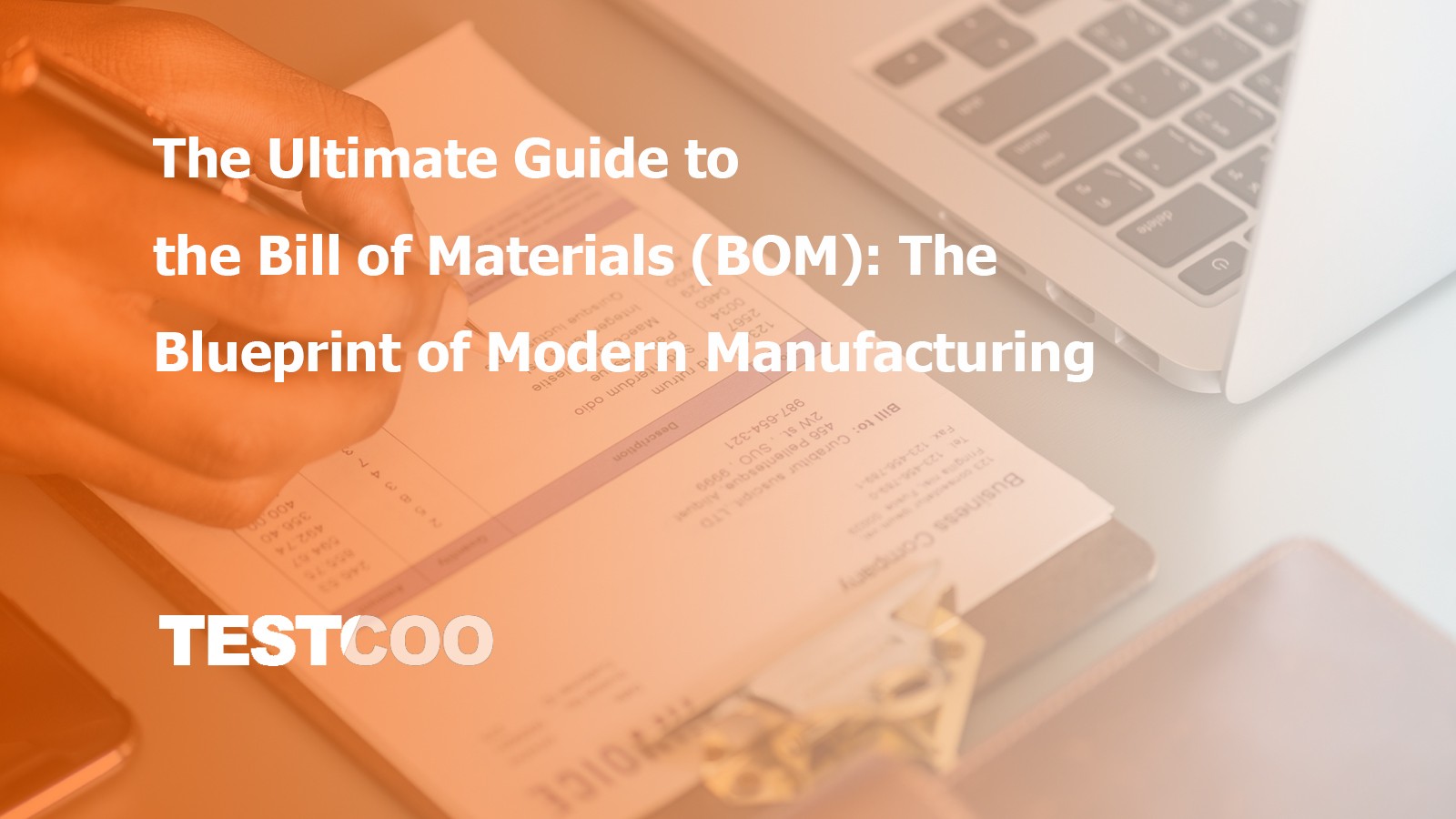Which Countries Accept CE Marked Products?
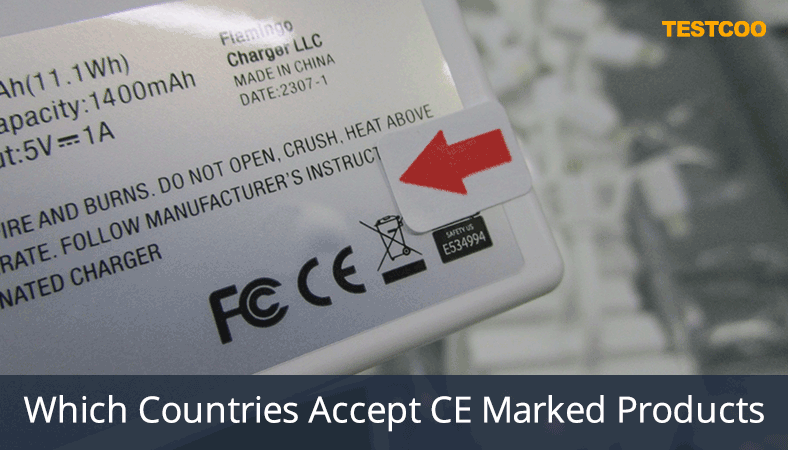
CE marking is mandatory for electronics, toys, medical devices, PPE, and many other products in the European Union. That being said, the CE mark is sometimes compulsory for certain products in countries outside the EU – including Turkey. In other countries, certain aspects of the CE mark process – such as EN standards – are recognized.
In this guide, we explain what you need to know about the status of CE-marked products and EN standards in the United Kingdom, Turkey, Israel, Switzerland, Singapore, Australia, the United States, and elsewhere.
What is CE marking (the CE mark)?
CE marking is a marking on specific products indicating that the manufacturer declares compliance of that product with the relevant European product safety legislation.
Which Countries Accept CE Marked Products?
CE marking basically is a set of rules for certain products that are sold within the European Economic Area (EEA). The EEA consists of all 27 EU countries plus Iceland, Liechtenstein and Norway.
European Union Member States
The CE mark is a mandatory compliance mark for products that are regulated by one or more of the CE marking Directives or Regulations in the EU. Currently, there are more than 20 CE marking directives or regulations in the EU, covering consumer and industrial products such as:
Electronics
Personal protective equipment
Machinery
Importers and manufacturers must make sure to complete the necessary steps to ensure product compliance, before applying the CE mark to their products or product packaging. This might include:
a. Ensure that the product conforms to relevant technical requirements, for example by complying with applicable harmonized standards
b. Determine whether a notified body is needed
c. Perform necessary lab testing and obtain a valid test report
d. Prepare a technical file
e. Prepare a Declaration of Conformity (DoC)
b. Ensure the product and packaging include the correct marks, labeling information, and warnings
g. Draft user instructions
United Kingdom (until 2023)
The EU CE marking rules applied to the UK market until Brexit. After Brexit, there is a transition period for the CE marking to continue to be valid, until 1 January 2023, in most cases. Meanwhile, the new UK compliance system, that is the UKCA marking came into effect on 1 January 2021.
The UKCA marking system covers most goods that were previously subject to CE marking directives or regulations, such as toys and electronics. The requirements of the UKCA and CE marking frameworks share many similarities. For example, they both require a technical file, a declaration of conformity, and traceability labeling information.
Importers or manufacturers that are required to comply with the UKCA or CE marking regulations might need to arrange testing for their products, depending on the specific requirements of each regulation. These tests are often based on the same standards, such as EN standards.
In addition, for both the UKCA and CE marking frameworks, importers and manufacturers or their authorized representatives must keep technical files that prove their products conforms with the regulatory requirements and keep the documents for up to 10 years.
Israel
The EU has signed Mutual Recognition Agreements (MRAs) with Israel. The purpose of the MRAs is to encourage the free trade in goods, facilitate market access, and harmonization of standards between the EU and Israel.
The MRAs between Israel and the EU establish conditions under which both parties should recognize the conformity assessment results, including the testing or certification performed by the EU or Israeli designated conformity assessment bodies (CABs). Currently, the MRAs between Israel and the EU cover the products such as:
Converters for the reception of television broadcasts
TV receiver set-top boxes
Video streamers
Cosmetics
Industrial chemicals
Medicinal products
Food additives
As for the electronic devices listed above, they are exempted from the Israeli type approval if they comply with the EU Radio Equipment Directive.
Turkey
Even though Turkey is not a member state in the European Union, it adopted the CE marking system and made it mandatory in the country. The CE marking Regulation of Turkey applies to products that are covered by the EU directives or regulations that specify the requirements on CE mark.
The CE marking regulation of Turkey specifies the conformity assessment and obligations of each party of the products that are subject to the CE marking framework.
Importers and manufacturers should comply with requirements such as:
Draw up technical documentation
Carry out conformity assessment procedure
Draw up a DoC
Affix the CE marking and instruction label to the product
Keep the technical documentation and the DoC for a period specified in the relevant technical regulation
Switzerland
Switzerland has signed Mutual Recognition Agreements (MRAs) with the EU. The MRAs between Switzerland and the EU cover the harmonization between the Swiss and the EU requirements for products under the agreement.
This means that the conformity assessment procedure can be carried out according to EU requirements and performed by an EU conformity assessment body recognized under the agreement, or vice-versa.
The MRAs between Switzerland and the EU cover product categories such as:
Machinery
Medical devices
Electrical equipment
Construction products
Lifts
Biocidal products
As an example, importers and manufacturers of radio devices are required to either comply with the Swiss conformity mark (CH Mark) framework or with the CE marking framework.
However, for products where the Swiss and EU legislations are not harmonized, such as hot water boilers or measuring instruments, the products must be manufactured according to Swiss requirements when being imported or manufactured in Switzerland.
Norway
Even though Norway is not a member state of the European Union, it is part of the European Free Trade Association. Norway follows the requirements of the CE marking framework. This means companies that are importing or manufacturing products that are covered by the CE marking directives or regulations in Norway, must comply with such requirements, including:
Conformity assessment procedure
Technical documentation
DoC
CE marking label
Iceland
Iceland is not a member of the European Union. It is part of the European Free Trade Association, as Norway. Also in Iceland’s case, products covered by one or more of the CE marking directives or regulations must be compliant with relevant CE marking requirements such as:
Conformity assessment procedure
Technical documentation
DoC
CE marking label
Republic of Macedonia
The Republic of Macedonia is currently an EU candidate country, which means its membership is still to be confirmed. However, it already enforces CE marking directive and regulations.
Importers or manufacturers in the Republic of Macedonia must check whether the products are covered under any CE marking directives or regulations. If so, they should comply with the relevant requirements.
Serbia
Serbia is not an EU member state but it has adopted many EU regulations to its legislative system. Currently, Serbia adopts CE marking directives and regulations for specific categories of products, including:
Electrical appliances
Toys
Construction products
Machinery
Pressure equipment
Lifts
This means that these products must comply with the requirements of the relevant CE marking directives and regulations, including having a DoC and bearing CE mark before being sold in Serbia.
Montenegro
Montenegro is not a member of the European Union and it has its own standardization system. Currently, Montenegro allows electronic devices compliant with the EU Electromagnetic Compatibility Directive (EMC Directive) and bearing the CE mark to be imported into Montenegro without further Type Approval.
Additional requirements for importers or manufacturers include:
a. Products must have a user manual written in the Montenegrin language
b. Products must contain a warning or safety statements in the Montenegrin language, when relevant
Products that are covered by the EU EMC Directive include:
AC adapters
Electronic bikes
Electrical motors
Singapore
Singapore does not have any Mutual Recognition Agreements (MRAs) with the EU. Currently, it does not accept the CE mark.
However, the Singapore Consumer Protection (Consumer Goods Safety Requirements) Regulations (CGSR) recognizes EN standards, ASTM standards, ISO standards, and IEC standards as the safety standards for general consumer goods.
Meanwhile, the procedure of IDA (Infocomm Development Authority of Singapore) approval for telecommunication equipment is based on the technical requirements of the EU Radio Equipment Directive (RED).
Therefore, even though the CE mark has no legal validity, if you have already tested your product for relevant EN standards, you might be able to use the test reports to show compliance with Singaporean regulations.
Australia
Australia has an independent requirement for approval certification. Therefore, the CE mark cannot be used as a basis for compliance.
However, the test methods of many AS/NZS standards are similar to the test methods set by equivalent EN standards. In practice, this means that if you have valid test reports for EN standards, you might just need to do partial testing in order to comply with AU/NZ standards.
Also, Australia’s medicine and therapeutic regulatory agency, the Therapeutic Goods Administration (TGA) accepts CE conformity assessment and documentation for medical devices under the EU Medical Devices Regulation (MDR).
Canada
Canada has signed a Comprehensive Economic and Trade Agreement (CETA) with the EU in 2017 that facilitates free trade and market entry for both markets. This does not mean that the CE mark is recognized by Canada.
However, the regulatory bodies of Canada might accept EN standards as the testing standards for certain products. For example, Canada’s Children’s Jewellery Regulations (SOR/2018-82) accepts EN 71-3: Specification for migration of certain elements as the testing standard for children’s jewelry sold in Canada.
With that being said, manufacturers or importers of children’s jewelry or other products should still conform to the general requirements set out by the Canadian regulations, including for labeling and certification requirements.
Unite States
The CE mark is not recognized in the United States. Products that are sold in the United States have to comply with relevant federal or state-enforced standards and regulations, such as CPSIA for children’s products or FCC Part 15 for electronics.

Sources:
- compliancegate.com
- ec.europa.eu
- echa.europa.eu
- ecfr.gov
- cpsc.gov
- ftc.gov
- fcc.gov
Free Sample Report Performance Quality Control
Download a sample report to keep control of your supply chain!
Featured Articles
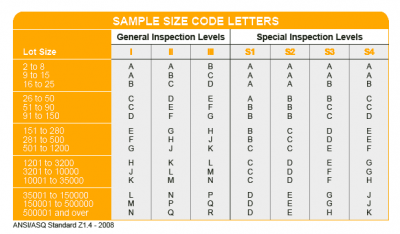 AQL Table | How to Read It
AQL Table | How to Read It TOP 10 Common Defects in Garments Quality Inspection
TOP 10 Common Defects in Garments Quality Inspection Product Packaging and Shipment Label requirements for Amazon FBA
Product Packaging and Shipment Label requirements for Amazon FBA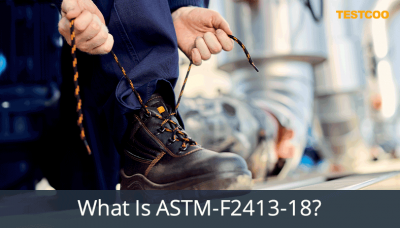 What Is ASTM-F2413-18? Protective Footwear Standard
What Is ASTM-F2413-18? Protective Footwear Standard How to Conduct Third-Party Quality Control Inspections for Electric Scooters
How to Conduct Third-Party Quality Control Inspections for Electric Scooters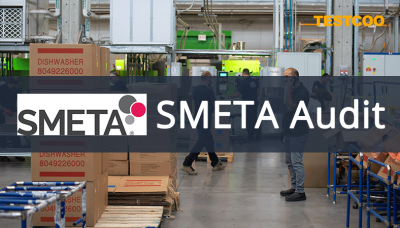 SMETA Audit-What is SMETA Audit?
SMETA Audit-What is SMETA Audit?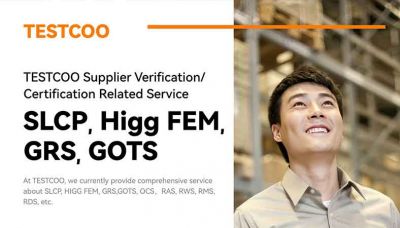 TESTCOO Supplier Verification/Certification Service SLCP, Higg FEM, GRS, GOTS
TESTCOO Supplier Verification/Certification Service SLCP, Higg FEM, GRS, GOTS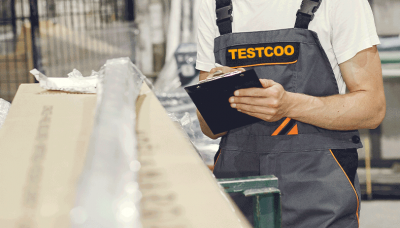 Quality Control Inspection Company in China
Quality Control Inspection Company in China What is Quality Inspection? A Complete Guide
What is Quality Inspection? A Complete Guide Guidelines for Product Inspection in India
Guidelines for Product Inspection in India
Category
- Production Inspection Service
- Factory Audit
- Softline Inspection
- Hardline Inspection
- Electrics Inspection
- Certification
- Checklist
- Manufacturers
- Quality Assurance Basics
- Products Recall
- AQL
- Guidence and Standard
- News
- Supplier Management
- Amazon
- Protective Equipment
- e-commerce quality control
- Indian Manufacturing
- Soft Goods Quality Control
- Supply Chain Management
- Supply Chain Resilience
- E-Commerce Quality Control
- ISO 2859
- Supply Chain Optimization
- Garment Industry
- Higg Index
